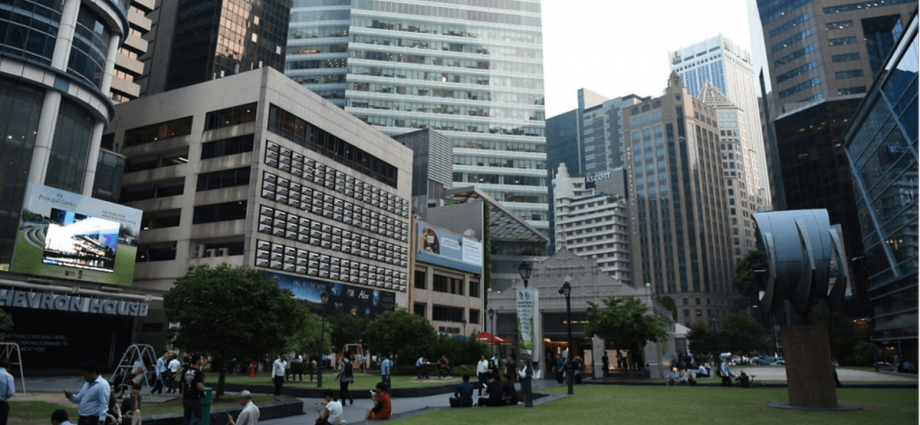
SINGAPORE: Retrenchments in Singapore more than doubled in the fourth quarter of last year from the preceding quarter, driven by business restructuring, the Ministry of Manpower (MOM) said in its labour market report on Wednesday (Mar 15).
Total retrenchments for the year remained low compared to pre-pandemic years, the ministry said. Total employment also exceeded pre-pandemic levels.
There were 2,990 retrenchments in the fourth quarter, up from 1,300 in the preceding quarter.
A MOM spokesperson said 670 people in electronics manufacturing were laid off in the last quarter of 2022, while 450 workers in wholesale trade were retrenched.
In the information and communications sector, 370 people were laid off. That compares to 520 in the third quarter and 110 in the second quarter in the same sector.
In total, there were 6,440 retrenchments across sectors in 2022, compared to 10,690 in 2019, before the pandemic.
“Right now, we are back into a steady state and we should expect retrenchments to hover around these levels,” said Mr Ang Boon Heng, director of MOM’s manpower research and statistics department.
The ministry said that the percentage of residents who found employment within six months of being retrenched was 73.1 per cent in the fourth quarter of 2022, the highest since the second quarter of 2015.
The majority of retrenched residents found employment in a different industry, Mr Ang told reporters.
“It encourages us because it shows the transferability of the skills of the retrenched residents to find new jobs in new sectors,” he said.
TOTAL EMPLOYMENT EXCEEDS PRE-PANDEMIC FIGURES
Total employment, excluding migrant domestic workers, grew by 227,800, reaching 2.9 per cent above pre-COVID levels in 2019.
This is the biggest increase on record, surpassing the previous high in 2007 when total employment grew by 223,500.
“Resident employment continued to grow, particularly in outward-oriented sectors such as financial services, information and communications, and professional services,” MOM said.
Resident employment – Singaporeans and permanent residents – increased by 26,300 last year.
Non-resident employment, at 201,600, contributed to the bulk of the increase in total employment.
“This increase was primarily due to the hiring of work permit holders in sectors such as construction and manufacturing as employers backfilled positions following the significant relaxation of border controls in April 2022,” MOM said.
Mr Ang said foreign employment fell during the pandemic as many foreign workers left the country, while local employment was largely steady.
Non-resident employment has not fully recovered to pre-pandemic levels, standing at 99.2 per cent compared with 2019.
Average unemployment rates fell last year compared with 2021. The overall rate dropped from 2.7 per cent to 2.1 per cent, the resident rate fell from 3.5 per cent to 2.9 per cent, and the citizen rate dropped from 3.7 per cent to 3 per cent.
The long-term unemployment rate for residents fell to 0.6 per cent, below the pre-pandemic average of 0.7 per cent.
Vacancies declined for a third consecutive quarter but remained elevated at 104,500. A MOM spokesperson said this may be because non-resident employment has not fully recovered.
In particular, sectors such as manufacturing, wholesale trade and retail trade have not hired as many non-residents as before the pandemic, the spokesperson added.
The ratio of job vacancies to unemployed people increased to 2.33 in December. A significant proportion of vacancies were in construction and manufacturing, which are sectors that are typically more reliant on foreign workers, MOM said.
Looking ahead, global economic headwinds and slower growth may weigh on labour demand, although hiring sentiments in December remained positive, the ministry added.
“Employment growth is likely to ease from 2022’s increase and be uneven across sectors,” said MOM.
The growth outlook for outward-oriented sectors like manufacturing remains weak. However, aviation and tourism-related industries are expected to benefit from the recovery in air travel and inbound tourism, which may get a boost from China’s reopening.

